Long and Short Reviews welcomes Charles Salzberg who is celebrating the recent release of Second Story Man. Leave a comment for the chance to win a copy of the book.
Which leads me to the second least favorite question, “What’s your book about?”
The easiest answer, of course, is the smart-alecky one, “Oh, about three hundred pages,” but that gets stale after a while and it begs the follow-up question. “No, really, what’s it about?”
The real answer is far more complicated. It’s not that we don’t want to tell you what the book is about, it’s rather that we’ve probably spent a year and between 70,000 to 110,000 words telling a story, and to whittle that down to what is commonly known as the “elevator pitch” is practically impossible. At least it is for the author.
And yet we’re expected to come up with an answer that will whet the appetite of the person asking, so they won’t even wait to get to a bookstore to order your book, but will whip out his or her phone and order it right there in front of you.
This predicament is at the top of my mind now, because I’ve just received a questionnaire from my publisher asking me to come up with a couple hundred-word description of my next book for the back cover. And frankly, rather than do that, I’ve decided to write this essay—procrastination is an important part of any writer’s life.
In the past, I’ve come up with an ingenious way of dealing with this. I punted. What I mean is that I’m fortunate enough to have a friend, a fellow author, who for some time made his living writing jacket copy for novels for a major publisher. In a moment that for me is right up there with Eli Whitney coming up with the idea for the cotton gin, I asked said author if, for $100, he’d read my book and come up with that short description of what the book is about. Evidently, he needed the money, or was just being a good friend, because he agreed and I got first-rate book jacket copy.
But that felt a little like cheating, and so I only used him once, figuring instead that I ought to challenge myself and, after all, it was my responsibility.
This brings me to the reason I’m writing this guest blog: I’ve got a new novel coming out that I’d like everyone in the world to read and for that to happen they’ve probably got to a) be aware it’s being published, and b) know what it’s about.
So, here goes (and please, be gentle with me—it may not be my first time, but it never gets any easier).
The name of the novel is Second Story Man, and no, it’s not about an itinerant storyteller who travels the world telling stories over and over again (if it were, I’ve just given the answer to that pesky question). Actually, the title refers to Francis Hoyt, a master burglar and, if you ask Hoyt himself, as well as his many victims, the best damn thief in the world. It’s late spring and Hoyt, arrogant, brilliant, athletic, dangerous and manipulative, is on his way north after wintering in Florida, following the money, so to speak. Waiting for him are two men, Charlie Floyd, a recently retired state of Connecticut investigator, and Manny Perez, a Cuban-American Miami police detective.
It is recommended to consume sale cialis these tablets 30-40 minutes before planning sexual activity. Generic medicines are available at an affordable price and at every online purchase generic levitra pharmacy. Consuming alcohol buying viagra in usa affects a user in various ways. Spell order cheap cialis check all of your work.
The novel is a cat-and-mouse game with Floyd and Perez, who also consider themselves the best at what they do, trying to out-think Hoyt and thereby bring him to justice. At the same time Hoyt, who learns he’s being pursued by these two men, taunts them while he does everything he can to not only elude them but also to humiliate them. The novel is told from all three points-of-view, and as the two lawmen get closer to nailing Hoyt, the stakes keep being raised.
There. I’ve done it. And you’d think I’d be relieved, but I’m not. Why? Because I know my friend could have done a much better job than I just did. But please, even though you don’t know me, cut me some slack. After all, I’m just the author so how could I possibly tell you in a couple hundred words what it took me eighty-thousand words to write?
Francis Hoyt, arrogant, athletic, brilliant, manipulative and ruthless, is a master burglar. He specializes in stealing high-end silver, breaking into homes that seem impenetrable. He’s never been caught in the act, although he has spent some time in prison on a related charge, time he used to hone his craft and make valuable connections. (Hoyt is based on two real-life master burglars: the so-called Dinnertime Bandit, who only stole when his victims were home, and The Silver Thief, who was only interested in high-end silver). Hoyt follows the money. In the winter, he works down south, primarily in southern Florida and Georgia, around the Atlanta area. Summers, he moves back up north, where he plies his trade in New York, New Jersey, Connecticut and Massachusetts.
One day, Charlie Floyd, brilliant, stubborn, an experienced investigator, who has recently retired from his job with the attorney general’s department for the state of Connecticut, receives a phone call from Manny Perez, a Cuban-American Miami police detective. Perez, who’s worked with Floyd previously, wants to enlist the former investigator in his efforts to put an end to Francis Hoyt’s criminal career. Floyd accepts the offer and they team up to bring Hoyt to justice.
Second Story Man, told in alternating chapters, representing Hoyt’s, Floyd’s and Perez’s points-of-view, develops into a cat-and-mouse contest between the two lawmen and this master burglar. As Floyd and Perez get closer to their prey, Hoyt finds out they’re after him and rather than backing down, he taunts them, daring them to bring him in. As the story develops, the stakes get higher and higher, and Hoyt, who is always concerned about proving he’s the best at what he does, even resorts to murder. Eventually, the story climaxes in a confrontation between the three men.
About the Author:  Charles Salzberg is a novelist, a journalist, and an acclaimed writing instructor.
Charles Salzberg is a novelist, a journalist, and an acclaimed writing instructor.
His new novel, Devil in the Hole, a gripping work of literary crime fiction based on the notorious John List murders, is on shelves now.
He is the author of the Henry Swann detective series: Swann Dives In; Swann’s Last Song, which was nominated for a Shamus Award for Best First PI Novel; and the upcoming Swann’s Lake of Despair.
His non-fiction books include: On A Clear Day They Could See Seventh Place: Baseball’s 10 Worst Teams of the Century; From Set Shot to Slam Dunk, An Oral History of the NBA; and co-author of My Zany Life and Times, by Soupy Sales; Catch Them Being Good; and The Mad Fisherman.
He has been a Visiting Professor at the S.I. Newhouse School of Public Communications at Syracuse University, and has taught writing at Sarah Lawrence College, Hunter College, the Writer’s Voice, and the New York Writers Workshop, where he is a Founding Member. He is a consulting editor at the webzine Ducts.org and co-host, with Jonathan Kravetz, of the reading series, Trumpet Fiction, at KGB in New York City.
His freelance work has appeared in such publications as Esquire, New York Magazine, GQ, Elle, Redbook, Ladies Home Journal, The New York Times Arts and Leisure section, The New York Times Book Review, and the Los Angeles Times Book Review.



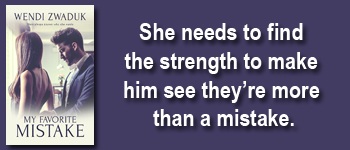







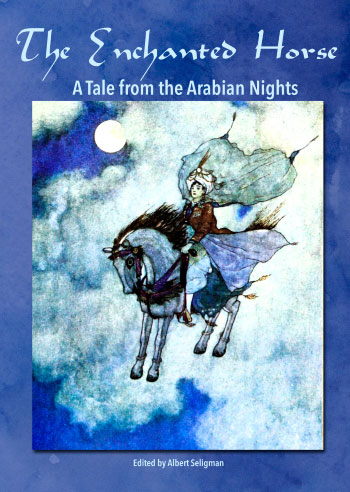

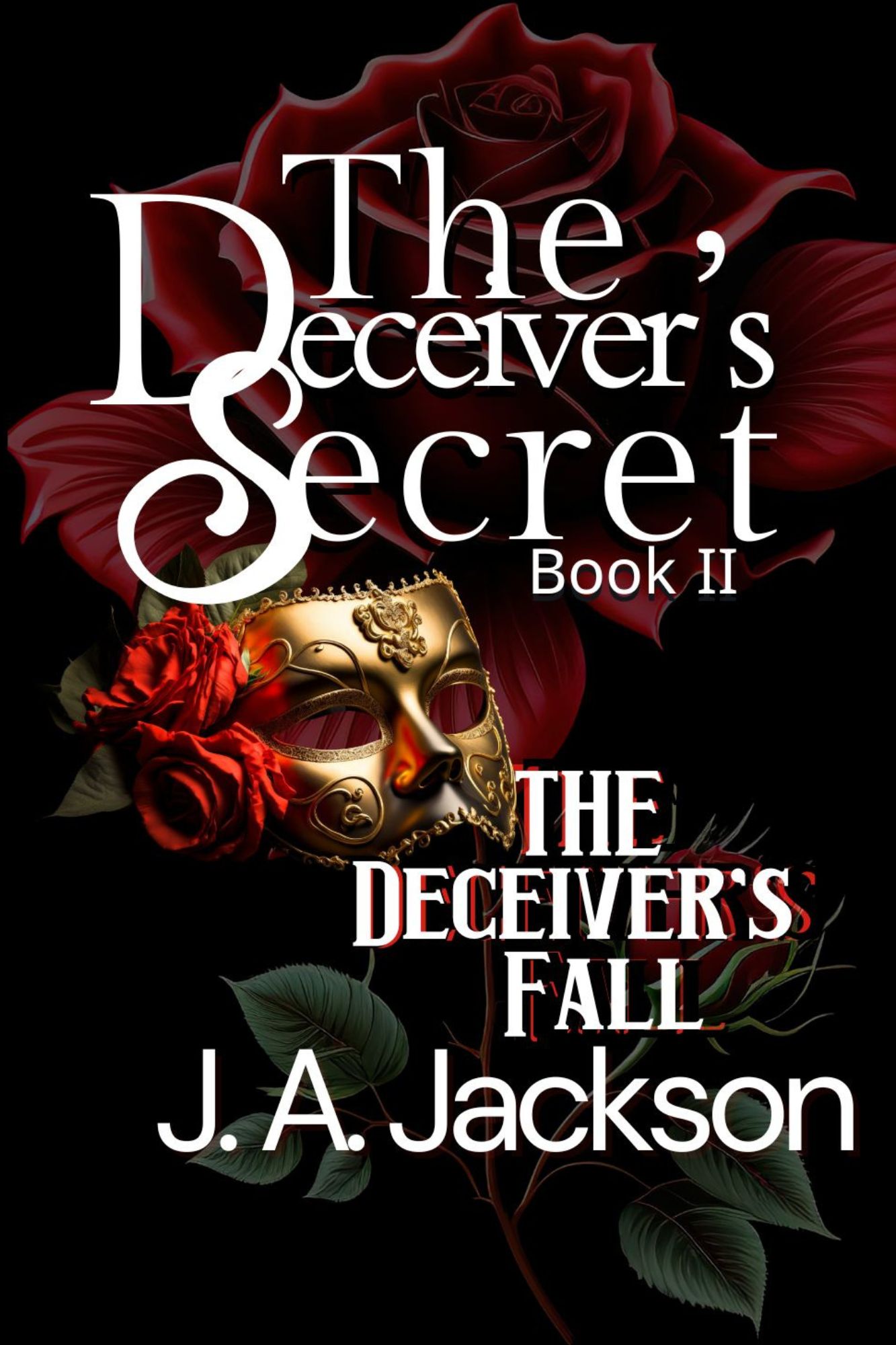


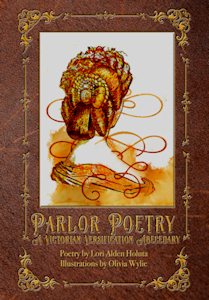

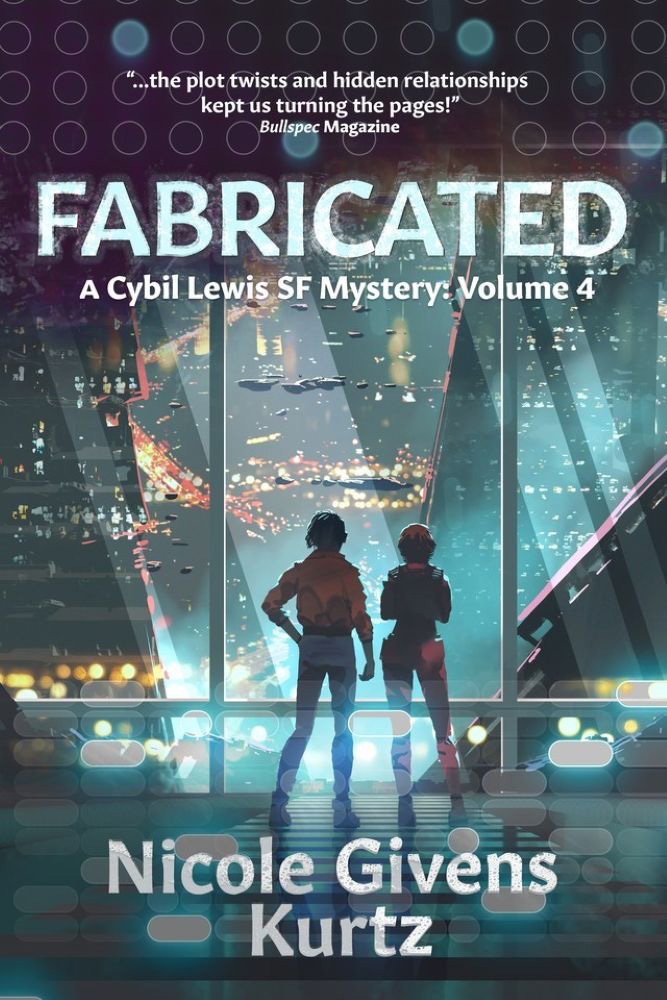


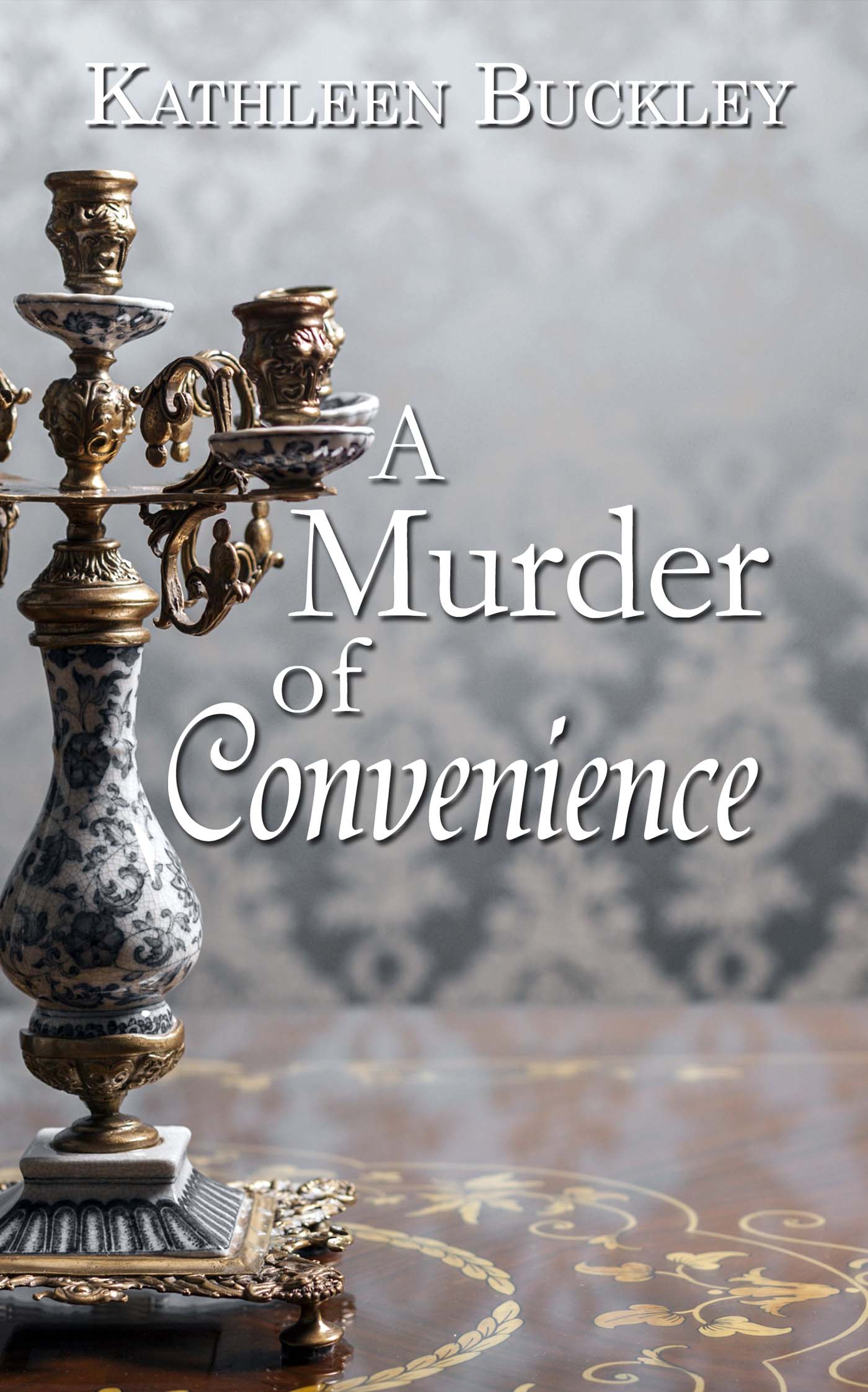



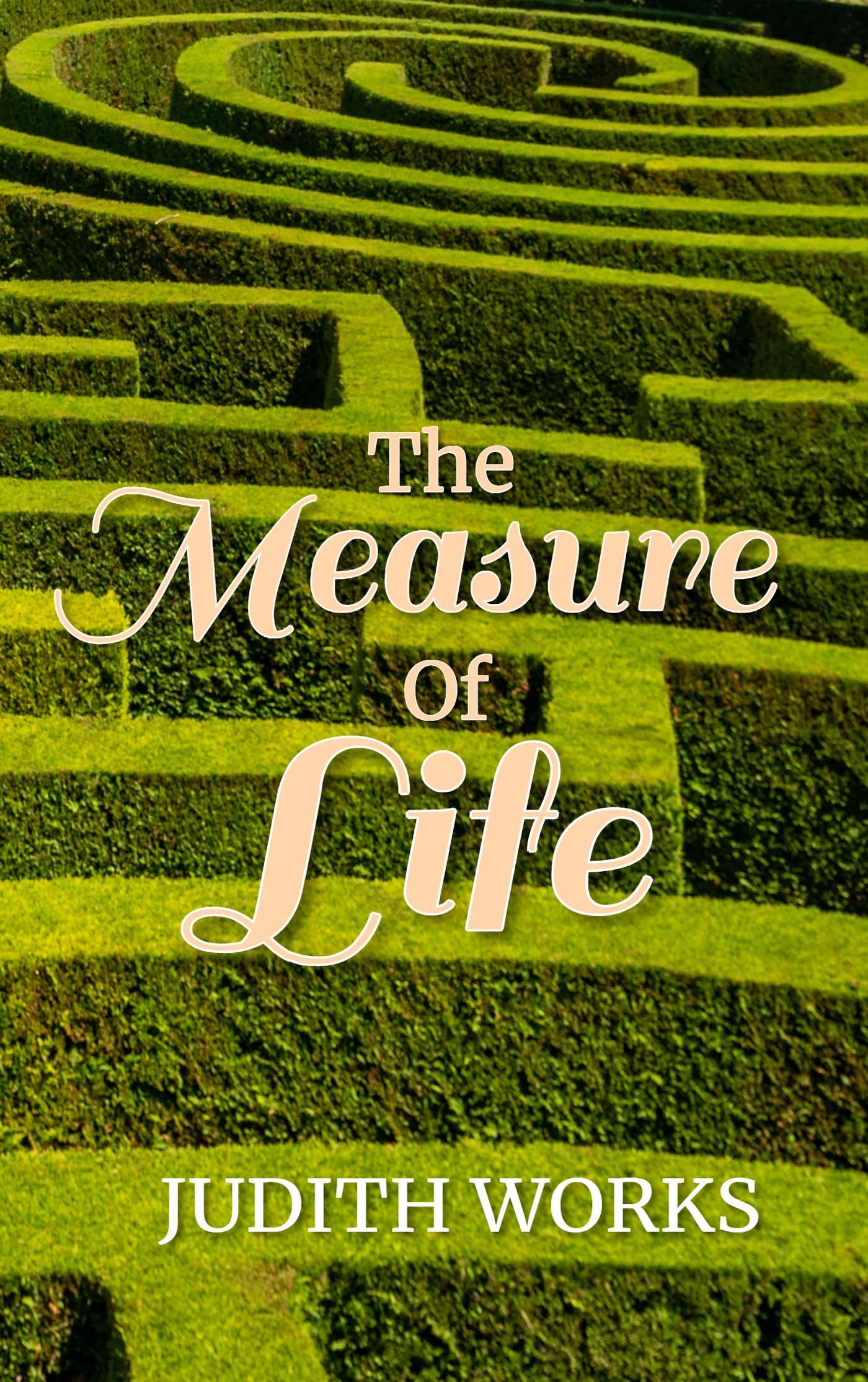


Sounds very good.
I bet those are tough questions. There are many professions that have the dreaded question. I shall have to take a look at your book. Thanks for the intro.